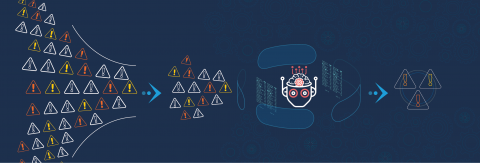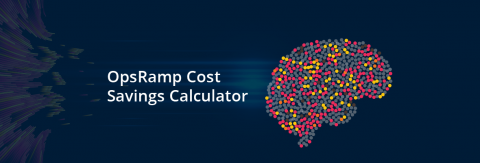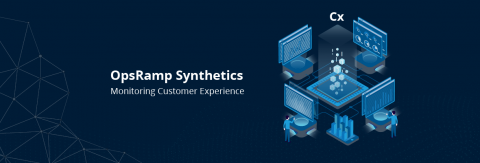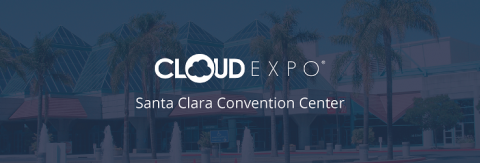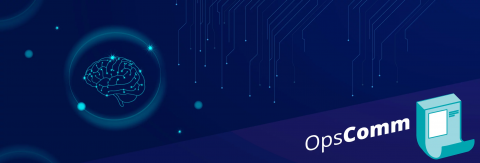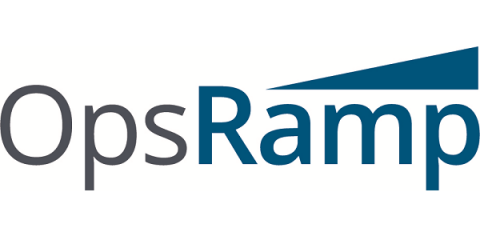Cut Down Distractions, Reduce Stress and Focus on Critical Priorities with OpsRamp's First-Response Policies
Modern hybrid, multi-cloud, and cloud native environments have created increased management complexity for enterprise IT teams. Dynamic and distributed applications, infrastructure and business-critical services are constantly generating more data in the form of metrics, events, and alerts.


